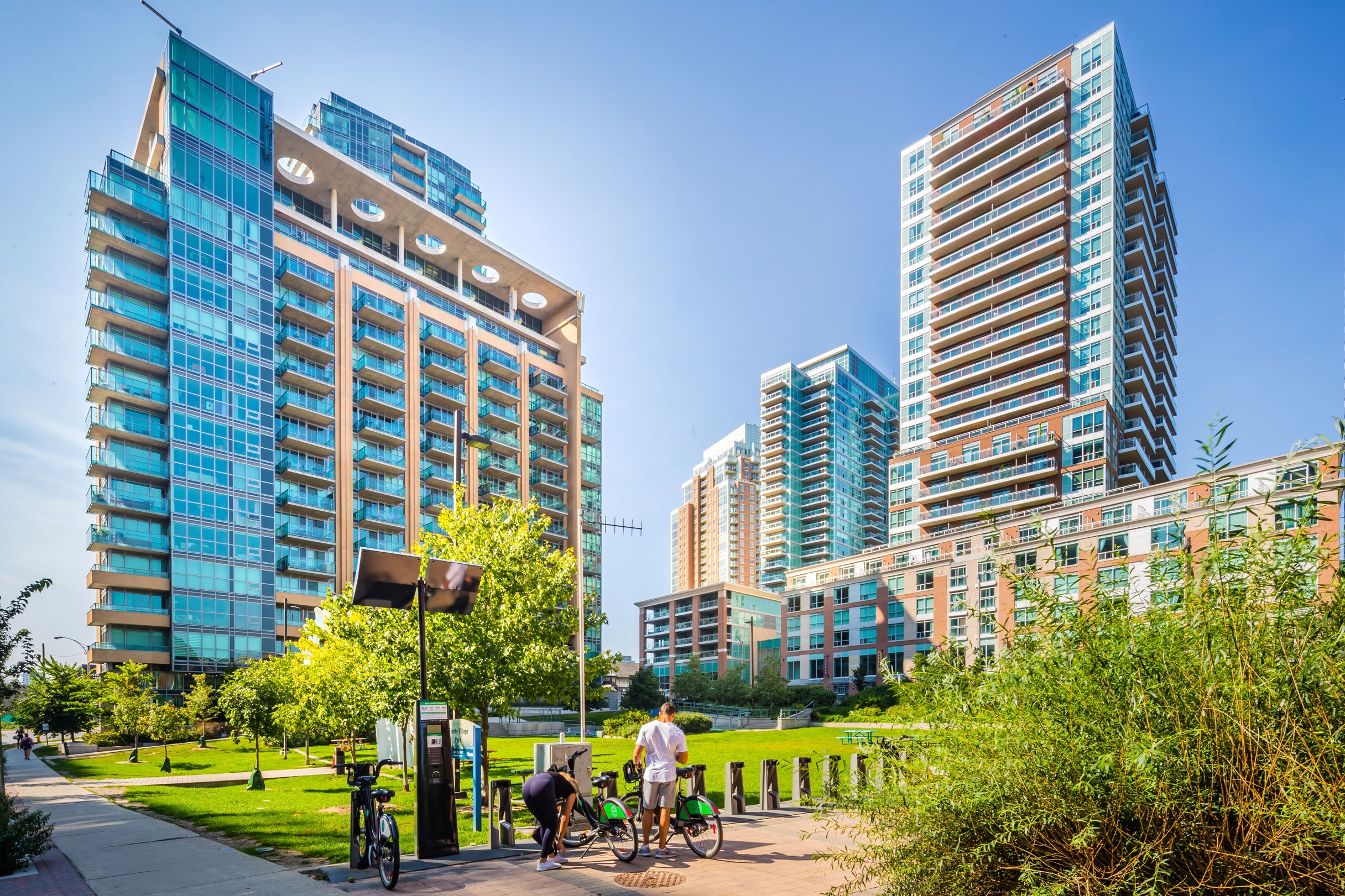
Debates between preservation groups and development professionals continue to wage in Liberty Village. As preservationists attempt to save as much as they can of the old, industrial past of the neighborhood, many development specialists are intent on re-developing these spaces for residential and commercial spaces.
Many of these buildings and spaces date back to as far as the late 1800s, giving the neighborhood its unique look and quite unlike anything else in the west end of the city. While the rest of the city continues to erect sometimes incomplete, cheap duplicate condo complexes, Liberty Village has something that no other neighborhood can offer. Finding the right mix between preservation and development continues to be the primary focus of debate regarding how to best serve the Liberty Village community.
Meet the Preservation Argument
Any time redevelopment plans are put up in the neighborhood, the argument presents itself once again – the buildings need to be protected due to their historic significance to Toronto. In response to these concerns, the city has hired architects and engineers to find ways to develop parts of Liberty Village while retaining some of the brick buildings that stand here. Presently there is some debate as the City of Toronto looks to tear down buildings along Liberty Street in order to redevelop an industrial site into a ten-storey high collection of office spaces. Preservationists stand opposed to this development as they wish to renovate and restore the buildings as best as they can.

The primary building in question is the Ontario Wind Engine and Pump Company building which housed the organization dating back to the 1800s. Many residents have taken part in the debate, supporting preservationists. Using this particular building as an example, currently the building is used an office building. Standing at three storeys, this used to be the site of a major 19th century tech development organization, developing wind power and producing windmills that were shipped out to as far as India. Many residents argue that this type of accomplishment should be celebrated and protected as further development happens in the neighborhood.
Meet the Development Argument
Many city officials are in favor of some preservation but primarily development in the neighborhood, advising that residential and business development is needed in order to accommodate the region’s growing population. The advantages of re-development and development are long – more residential spaces to live in; more business spaces to continue to foster a healthy small business community; more financial power to potentially help generate the re-development of roads and parking; and more money spent overall in turn boosting property values and making real estate investors in the region quite happy.
The drawbacks of development and why many residents are apprehensive about it is because Liberty Village has a very retro, industrial feel to it and to lose that is to lose the identity of the neighborhood. It’s somewhat a paradox how to continue development while simultaneously retaining the current atmosphere of Liberty Village. Many residents bought into Liberty Village because of how different it is compared to other Toronto neighborhoods and this is in part why it continues to grow in value among those who live there.
Preservation or Development; Which One is for Liberty Village?
The entire City of Toronto is changing – building more condo units, re-developing spaces for condo use, re-developing roads to suit transit and car use, and planning new ways to engage residents in community events. Much like other neighborhoods, Liberty Village is going to see itself change. That is inevitable. The question is, how much? It is difficult to gauge what the right solution is for the neighborhood however to strip it of its identity and to have it resemble the other condo-occupied neighborhoods of the city is not something that many residents wish to partake in. That much has been made clear.
It is not implausible that Liberty Village will resemble something akin to a Queen West in twenty years’ time.
If this does end up being the case, many residents may choose to leave. While property values may soar in Liberty Village, the identity of the neighborhood might end up mostly lost. Does the City sacrifice identity for development or is development stalled in favor of more careful planning as it pertains of preservation? The answer is ultimately in the hands of those in power and the community leaders who continue to wage the debate on what the most favorable way is to develop the neighborhood.



